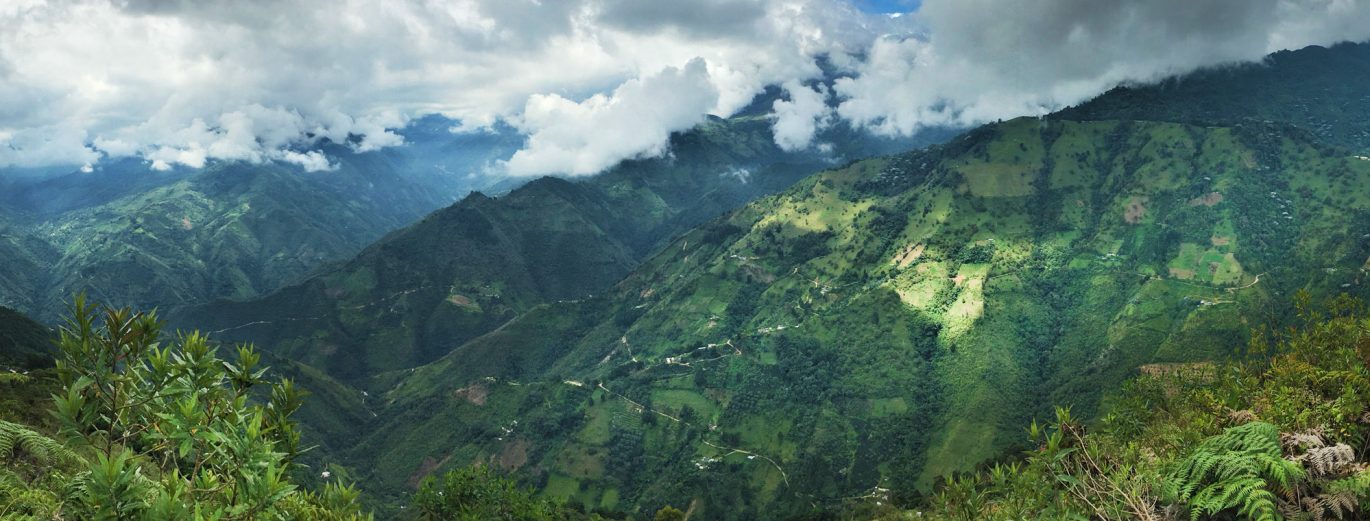
Global Ecosystem Dynamics Investigation (GEDI)
Data from NASA’s Global Ecosystem Dynamics Investigation (GEDI) mission are adding to our understanding of carbon cycling and the structure and development of global biomes.
Launched on December 5, 2018, and installed on the International Space Station’s Japanese Experiment Module-Exposed Facility (JEM-EF), GEDI is led by a science team at the University of Maryland in collaboration with NASA’s Goddard Space Flight Center in Greenbelt, Maryland. As noted on the GEDI mission website, data are initially transferred to the GEDI Mission Operations Center (MOC) and then processed through the Science Operations Center (SOC), both of which are located at Goddard. Its primary two-year mission is to produce high-resolution laser ranging observations of Earth in order to characterize the effects of climate change and land use on ecosystem structure and dynamics.


